Springtails and Snow Fleas
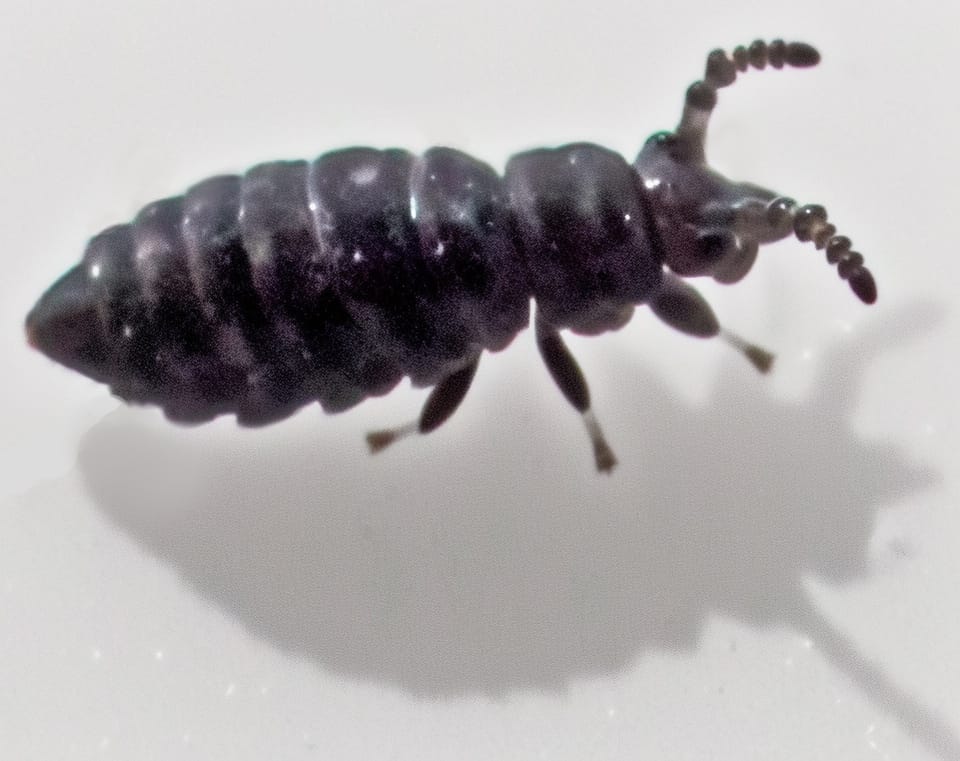
One snowy evening a couple days ago, I had the honor of giving a winter ecology talk for the renowned Jackson Hole Bird and Nature Club, which was started by one of my childhood heroes, Frank Craighead.
Out of the many excellent questions raised after the talk, one simple query caught my attention: what is the life cycle of springtails?
I am used to seeing these tiny (1-3mm) critters hopping around on the snow, and in my winter ecology talk I mention how springtails eat superabundant algae, bacteria, and protozoans that are found in the snow—but beyond that fact I'd never thought about their lives.
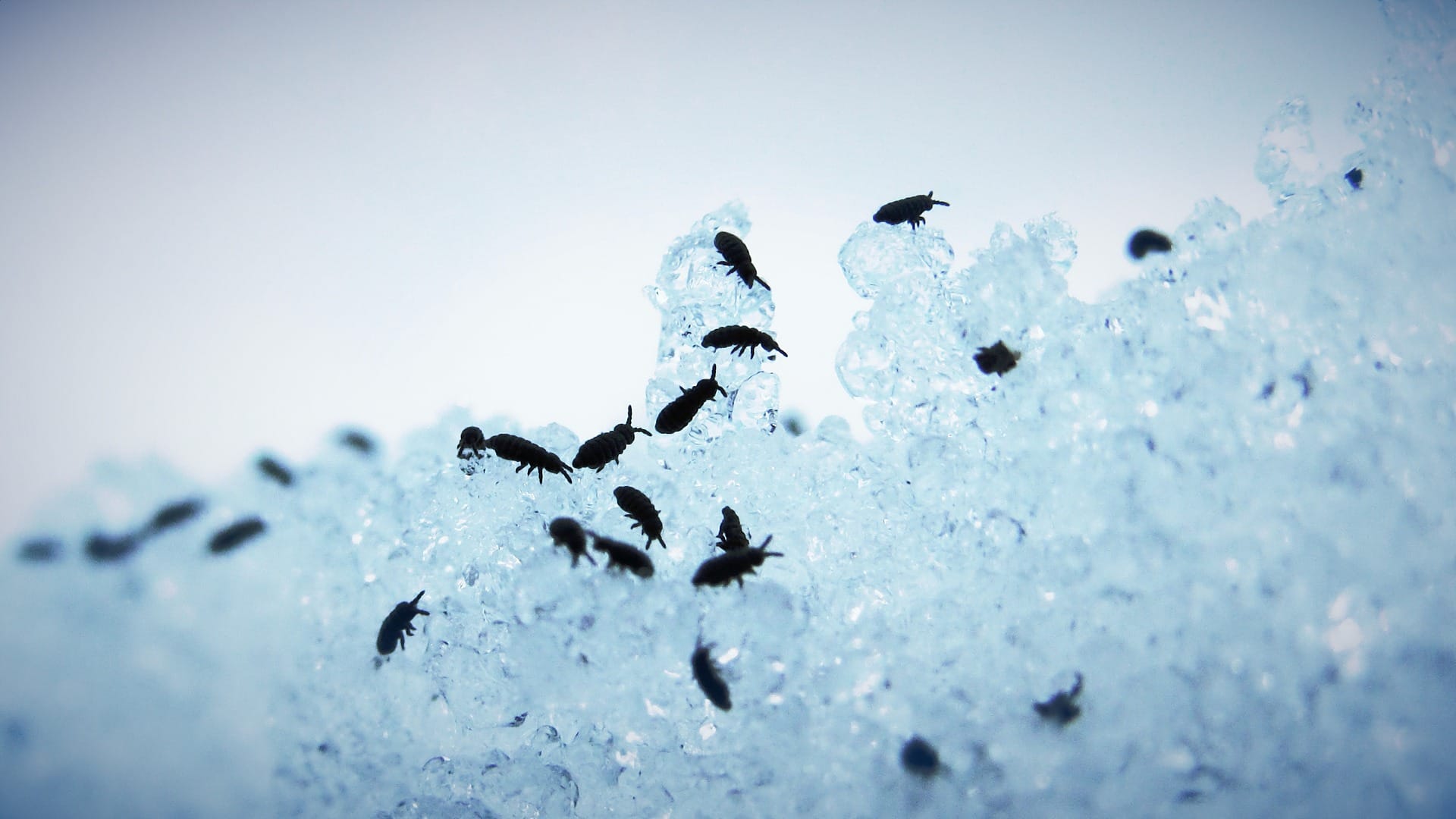
In response to this question, I did some research, and I was shocked at what I learned!

It turns out that springtails (commonly called "snow fleas" when they're seen on the snow), are ancient and phenomenally important soil organisms.
First appearing 400 million years ago, springtails are primitive arthropods with six legs and a hairlike bristle tucked under their abdomen that they release to catapult themselves 100x their body length in sudden hops.
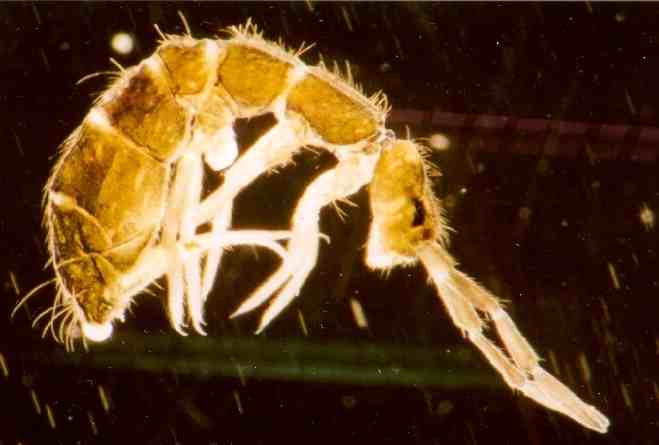
Using this unique springing mechanism, they have been recorded traveling 2 miles in 10 days by hopping steadily in one direction in search of areas where they gather by the millions to breed.
One of many videos on YouTube about springtails and snow fleas. This video shows them hopping.
A brief summary of their life cycle is that springtails live several years in the soil and leaf litter, and there they play a critical role by eating and recycling fungi, bacteria, algae, decaying plant materials, and insect feces.
Then, on warm days in late winter, numerous species move onto snow surfaces to gather and lay eggs. Their nymphs go through several molts over the course of the summer, then molt into adults just in time to spend the winter under the snow or among decaying leaves.
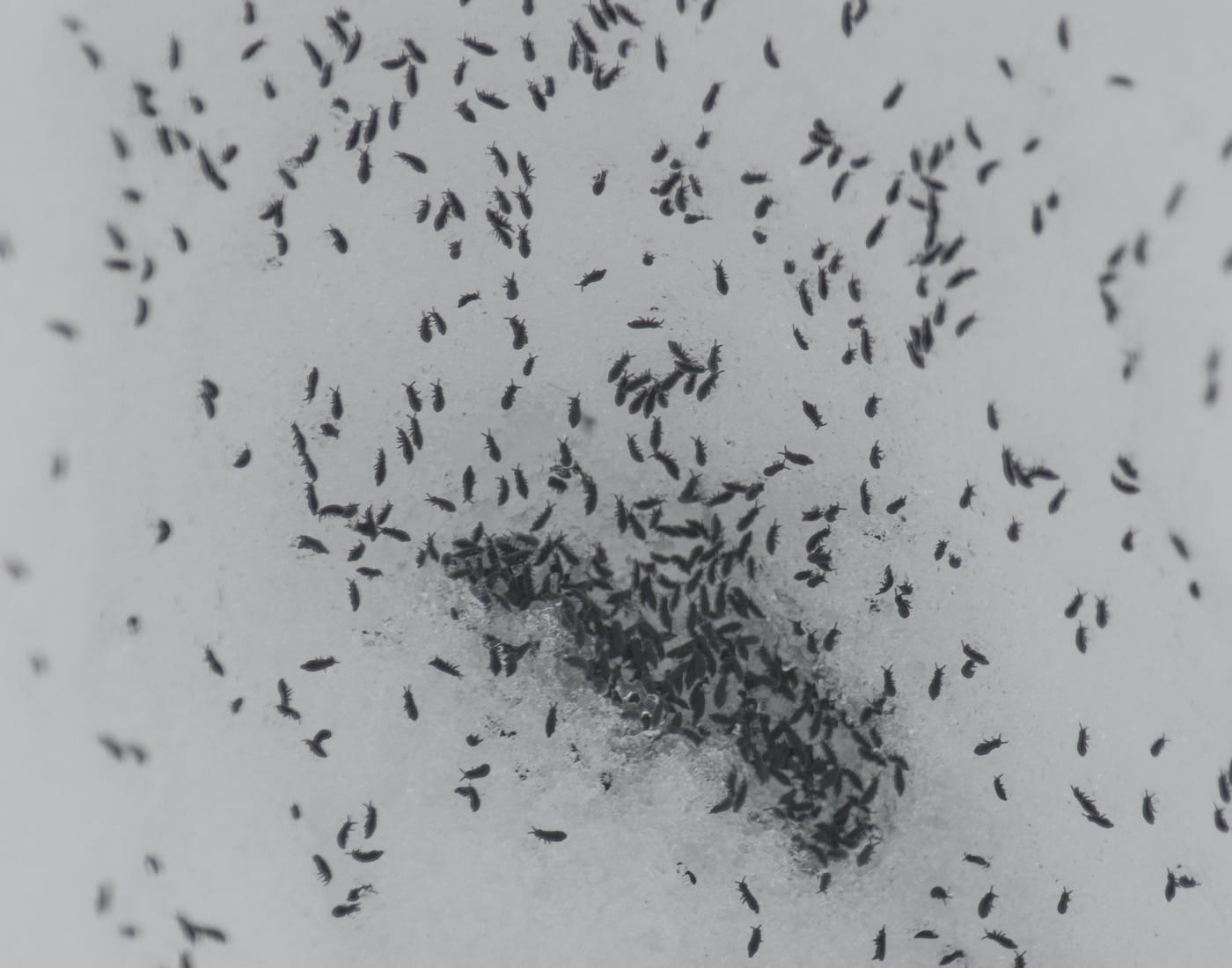
It is astonishing how incredibly abundant springtails are. In one square yard of forest soil there can be 200,000 springtails, and with every footstep you are stepping on hundreds of springtails. In addition, they are found on every part of the earth's surface (except deep water and the open ocean) that can provide them enough moisture to survive, whether it's a polar ice cap or a tropical rainforest.
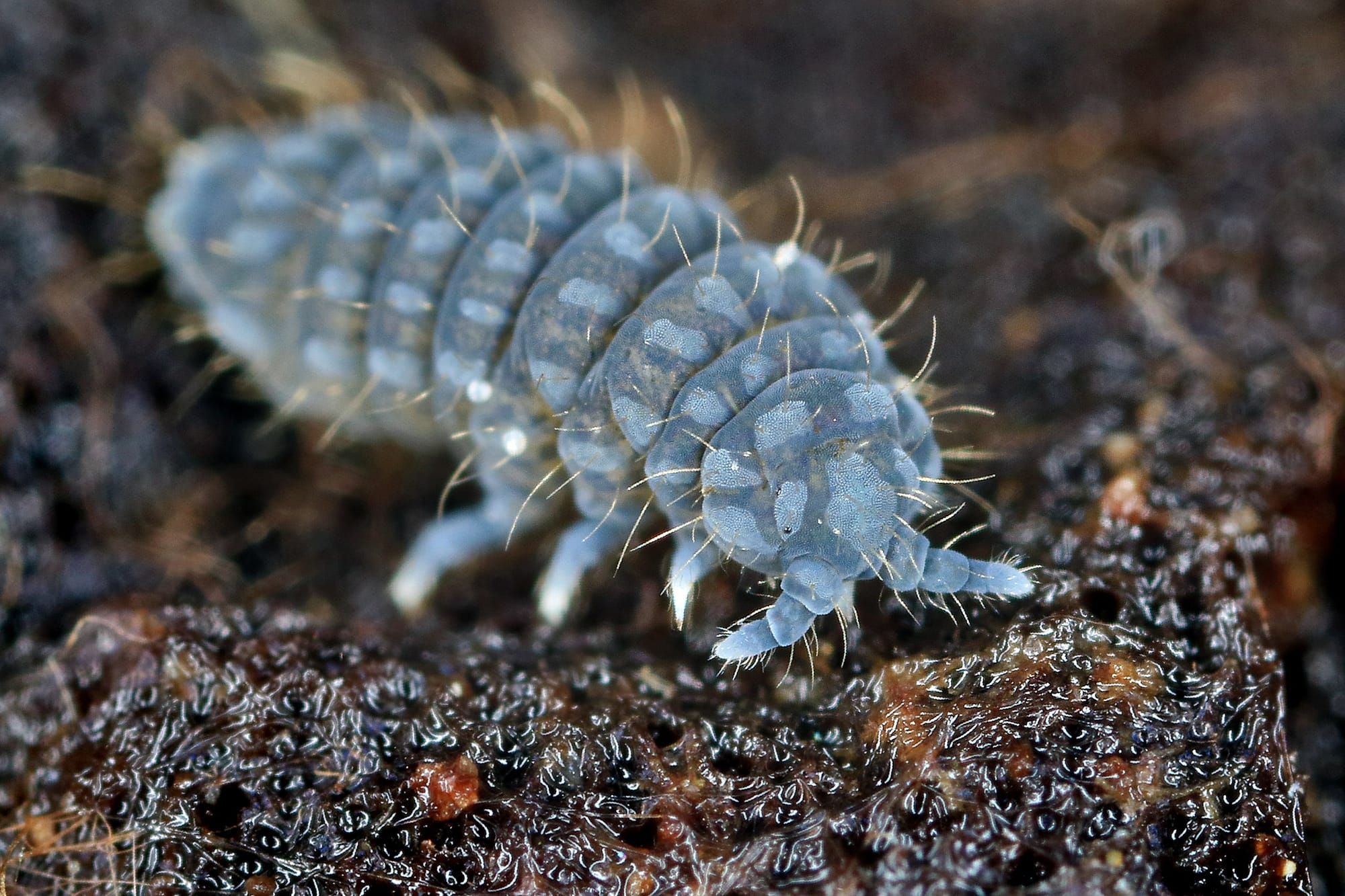

So, that's the simple story, but this is where things get interesting!
If you are familiar with that wonderful "earthy" smell you notice after a rain, what you're smelling is a molecule called geosmin that is produced by Streptomyces bacteria in the soil.
These bacteria produce geosmin at the same time they produce spores because geosmin attracts springtails, and when springtails smell geosmin they show up and begin eating the bacteria. Springtails end up with spores all over their bodies and in their intestines, then they carry these spores to new locations, thus ensuring the spread and survival of the bacteria.
Springtails also play a vital role in the mycorrhizal web that keeps nearly all of the world's plant communities alive. Mycorrhizal fungi are the intermediary partners that connect plant roots with soil and deliver much-needed soil nutrients to plants, but if mycorrhizal fungi notice there's not enough essential nitrogen in the soil, they start emitting pheromones that attract springtails.
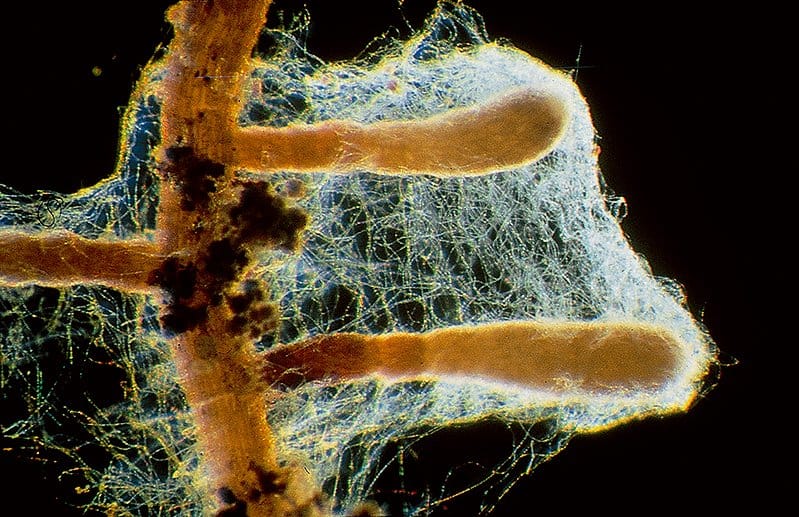
As soon as springtails start arriving, fungi produce toxins that paralyze the springtails, then they send fungal threads into the still-living springtails and begin converting their proteins into nitrogen for the plant.
It is estimated that 25% of the nitrogen that a tree uses each year comes from mycorrhizal partners that capture and kill springtails in order to acquire the nitrogen in their bodies!
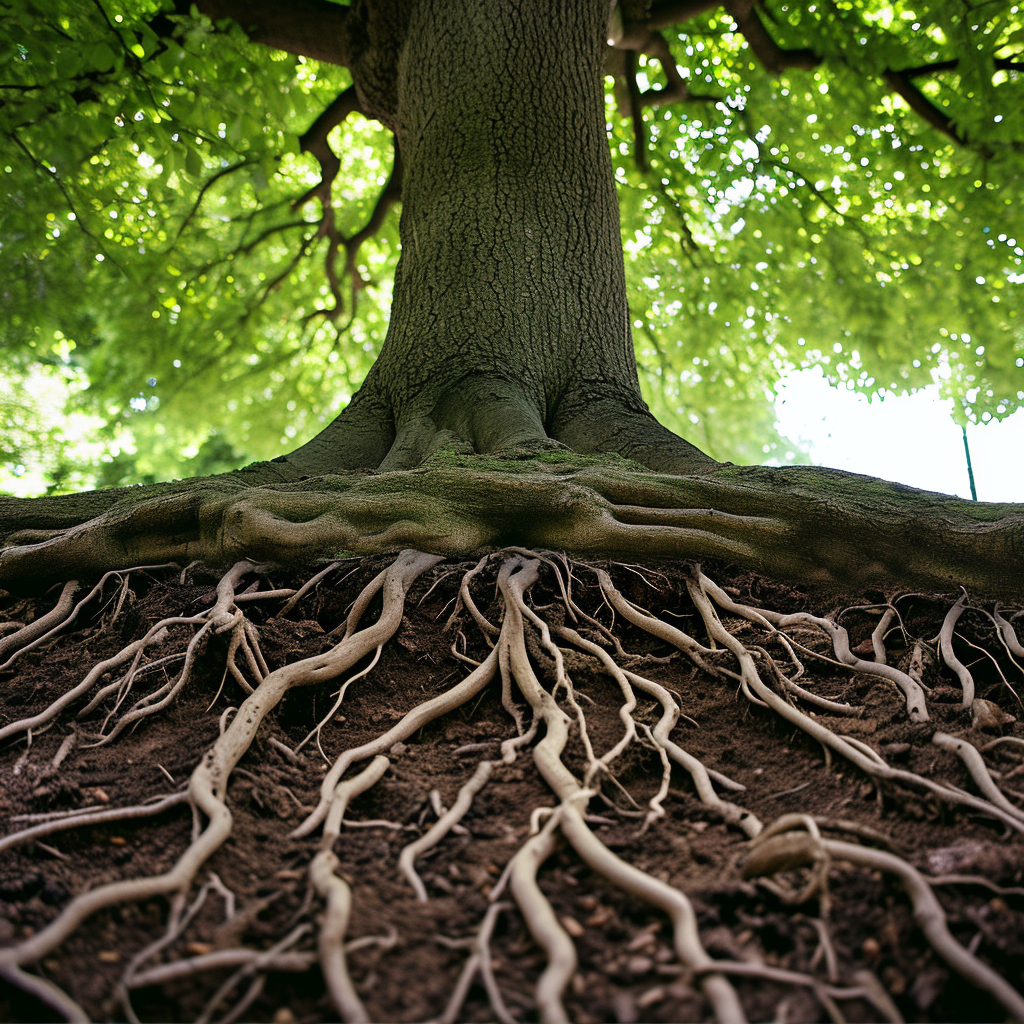
Basically, we're all just living in a world made possible by springtails!
Member discussion